#monocots
Text
Class Final Round!! Eudicots vs Monocots!

Grass (slang) vs Grass (literal)
Eudicots (“true dicots”): This is a ginormous class, containing almost all leafy trees, quite a lot of plants that humans get food from (including potatoes and all of the legumes), and the plants we get tea, coffee, and chocolate from. It also contains carnivorous plants, parasitic plants, and some very poisonous plants, as well as tobacco and cannabis.
Monocots: The second largest taxon in Magnoliophyta, with 70,000 species. Narrow leaves with parallel veins are a good sign you’re looking at a monocot, as are plants that grow from bulbs, like onions, garlic, and tulips. Do you need to touch grass? Monocot. Do you want to bake a cake? Wheat, sugar cane, and the orchids that produce vanilla extract are all monocots.
#eudicots#monocots#plant taxonomy showdown#battle of the plants#class final round#class#plant bracket#tumblr bracket#bracket tournament#poll bracket#slightly late my apologies#please send in propaganda#whichever way this goes lots of really cool plants will be out of the running
140 notes
·
View notes
Text

#photography#nature#explore#adorable#spring#flowers#floral#flores#original photographers#original photography#awesome#art#photooftheday#artoftheday#naturephotography#nature lovers#fireworks#gifs#funny#science#brilliant flowers#plant#blooming#petals#explosive blooms#bursting fireworks#sepals#monocots
38 notes
·
View notes
Text


Largeflower Bellwort
Uvularia grandiflora
Also known as Merrybells, this stunning spring ephemeral in the lily family is found in woods throughout central and eastern North America. Native Americans traditionally used this species as a remedy for certain skin conditions.
April 12th, 2023
St. Louis County, Missouri, USA
Olivia R. Myers
@oliviarosaline
#botany#Uvularia grandiflora#uvularia#Colchicaceae#bellwort#bellworts#largeflower bellwort#liliales#monocots#the ozarks#ozarks#nature#woods#forest floor#forest#plants#native plants#native flowers#spring#spring ephemerals#fairycore#fairy core#naturecore#forestcore#yellow flowers#Missouri#Missouri nature#hiking#exploring the woods#wildflowers
24 notes
·
View notes
Text



Plant of the Day
Thursday 7 September 2023
The New Zealand Cordyline australis (cabbage palm, Torbay palm) is capable of growing in coastal sites with strong, salty winds. This plant is capable of reaching over 5 metres high, forming a stout trunk with multiple branches holding 1m long, narrow deep green leaves. In summer there can be large sprays of tiny, fragrant white flowers.
Jill Raggett
#cordyline#cabbage palm#Torbay palm#plants#monocots#horticulture#gardens#garden#kirkwall#orkney#coastal
46 notes
·
View notes
Text


Photos 1-2 - Specimen 1
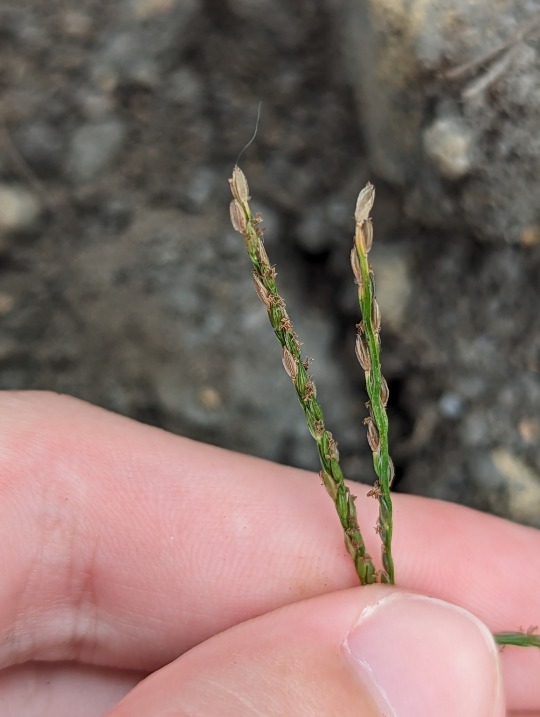
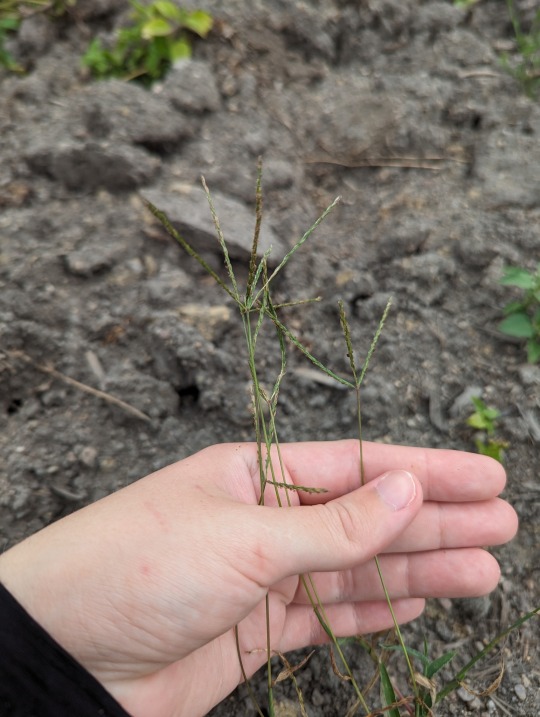
Photos 3-4 - Specimen 2

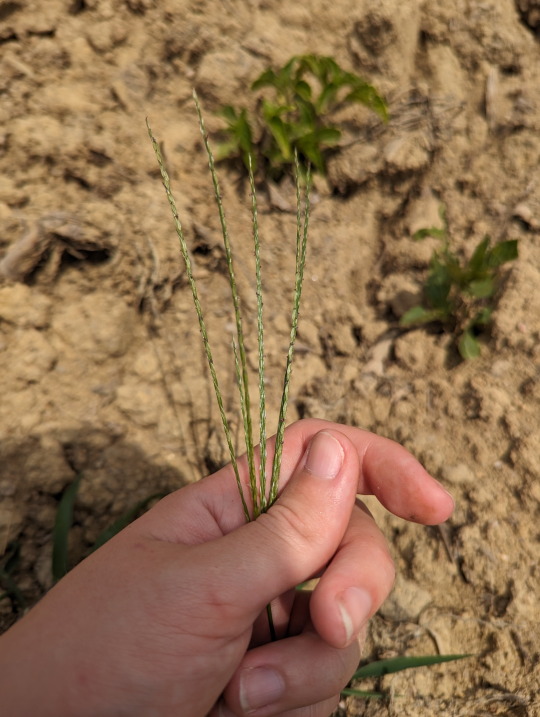
Photos 5-6 - Specimen 3
Thin Digitaria grasses.
28/10/23 - Digitaria spp.
QLD:WET - El Arish, farmland
#unidentified#Digitaria#Poaceae#Grasses#Poales#Liliopsida#Monocots#Tracheophyta#Vascular Plants#Angiospermae#Flowering Plants#angiosperms#Plantae#plants#botany
15 notes
·
View notes
Text
Pokemom Families: Monocot
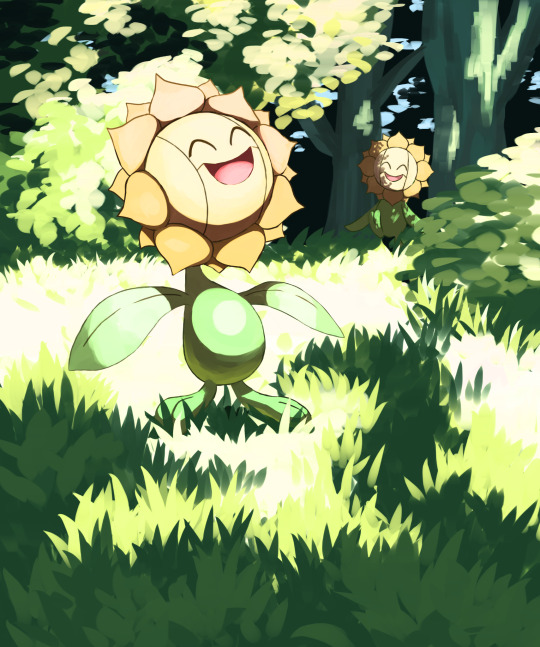
(Art by Jira (ziraiya 26)
Monocot is group name for plant like pokemon. This doesn't include all grass types, as some pokemon are grass types for their plant-like abilities. The monocot family only includes Pokemon, which are plants, or most of their bodies have extremely similar qualities of plants. So pokemon like Bulbasaur aren't in this family because the seed is planted on them by their mothers right after they're hatched and doesn't come naturally.
Appletun (just Appletun, not Applin or Flapple) were thought to be Monocots for a while. But they don't fuse with the apple that protected them when they evolve as a lot of people thought. The lower part of the apple is digested into their body through evolution, while the upper part is still used as protection for their soft head. Their body just resemble and apple enough, but not enough to be classified as a Monocot.
An important fact to know: Mushrooms are in their own family known as Agaricaceae, and are more related to mammals than they are plants! Because of this, Pokemon like Shiiinotic and Foongus have confused researchers for a long time. They are obviously grass types, and have similarities to plants, but have more similarities to mushrooms. It could've been that these pokemon evolved from ancient plants similar to mushrooms, but that's just a theory as of now. Because of this, they aren't on the list of Monocot Pokemon
Members of the Monocot family are:
Oddish/Gloom/Vileplume/Bellosom
Sunkern/Sunflora
Cacnea/Cacturne
Cherubi/Cherrim
Petelil/Liligant
Fomantis/Lurantis
Bounsweet/Steenee/Tsareena
Smoliv/Dolliv/Arbolvia
Carnivine
Gossifluer/Eldegoss
Bellsprout/Weepinbell/Victreebell
Hoppip/Skiploom/Jumpluff
Exeggcute/Exegutor
Budew/Roselia/Roserade
Maractus
Phantump/Trevenant
Capsakid/Scovillain
Pumpkaboo/Gorgeist
Bramblin/Brambleghast
I'll put the fact posts on Monocot pokemon as I make them, but I'm also going to put Appletun here, because I've talked about it a lot.
#monocot pokemon#monocots#pkmn genuses#quill pokefacts#pokemon genus#pokemon#im not tagging all of these pokemon#grass types#grass type pokemon#pokemon irl#irl pokemon#pokemon biologist#pokemon biology#pokemon zoology#pokeblog#pokeblogging#pokeblr#rotomblr#rotumblr#pkmn irl#irl pkmn#pokemon roleplay
38 notes
·
View notes
Text
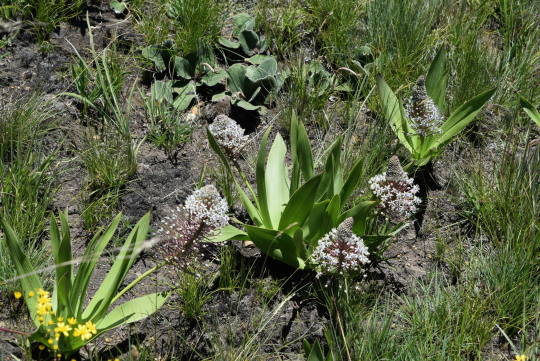
Sand Lily
Schizocarphus nervosus
Highmoor, 3300, South Africa
-29.317155, 29.616932
by alison_young
#botany#sand lily#schizocarphus#genus schizocarphus#south africa#south african plants#flowers#monocots#asparagales#order asparagales#asparagaceae#m#highmoor
10 notes
·
View notes
Link
134 notes
·
View notes
Text
Some representative examples of seeds from eudicots and monocots are shown in Figure 18.1. (...) Instead, the perisperm and storage cotyledons serve as the main sources of nutrients during germination (see Figure 18.1). (...) Specialized embryonic structures peculiar to the grass family include the following (see Figure 18.1):
The single cotyledon has been modified by evolution to form an absorptive organ, the scutellum, which forms the interface between the embryo and the starchy endosperm tissue.
The basal sheath of the scutellum has elongated to form a coleoptile that covers and protects the first leaves while buried beneath the soil.
The base of the hypocotyl has elongated to form a protective sheath around the radicle called the coleorhiza.
In some species, such as maize, the upper hypocotyl has been modified to form a mesocotyl. During seedling development, the growth of the mesocotyl helps raise the leaves to the soil surface, especially in the case of deeply planted seeds.


"Plant Physiology and Development" int'l 6e - Taiz, L., Zeiger, E., Møller, I.M., Murphy, A.
#book quotes#plant physiology and development#nonfiction#textbook#eudicots#monocots#perisperm#cotyledons#germination#grasses#poaceae#scutellum#coleoptile#coleorhiza#mesocotyl#wheat#onion#runner bean#fenugreek#castor bean#beet#seeds#endosperm#caruncle#radicle
3 notes
·
View notes
Text
LIMINAL LIVING #5: 29 JAN TO 4 FEB 2024

View On WordPress
#birds#botany#community#lake#liminal life#liminal living#monocots#new words#titmouse#western pacific#winter
0 notes
Text
Dracaena Palm
Modern dracaena palms are more compact, more colorful and more user friendly than old fashioned sort.
(This article was deferred from yesterday morning.)
While hoping to find some of the uncommon yuccas that I still lack, I instead encountered some of their friendlier kin in a local nursery. Even though dracaena palm, Cordyline australis, is an old fashioned plant that was probably…
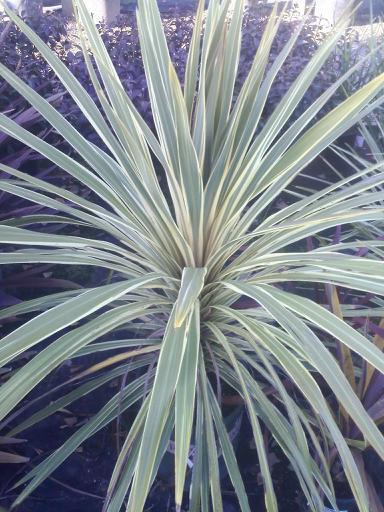
View On WordPress
0 notes
Text
Class Round 2: Monocots vs Nymphaeales
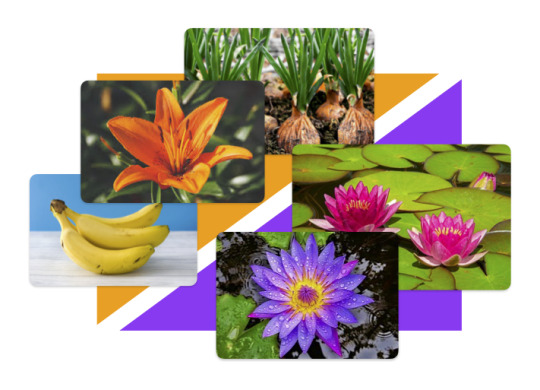
The World's Largest Commodities By Tonnage vs A Good Sign The Water is Safe To Drink
Monocots: The second largest taxon in Magnoliophyta, with 70,000 species. Narrow leaves with parallel veins are a good sign you’re looking at a monocot, as are plants that grow from bulbs, like onions, garlic, and tulips. Do you need to touch grass? Monocot. Do you want to bake a cake? Wheat, sugar cane, and the orchids that produce vanilla extract are all monocots.
Nymphaeales: A basal clade of Magnoliophyta that contains the water lily family, and other aquatic plants with prominent flowers. Water lilies with larger flowers and more complex parts are pollinated by beetles -- they were initially believed to be plants that evolved earlier, but while Nymphaeales as a whole did diverge early, the ones with more flower parts did not diverge earlier than the ones with fewer flower parts. Water lilies were used as an indicator of water cleanliness in the Maya civilization, were a symbol of the Maya elite, and were likely used in a religious context to induce altered states of consciousness.
#If monocots and eudicots win am I going to title the finals#bread vs roses? yes yes I am#nymphaeales#monocots#plant taxonomy showdown#battle of the plants#class round 2#class#plant bracket#tumblr bracket#bracket tournament#poll bracket
57 notes
·
View notes
Text

#photography#nature#explore#adorable#spring#flowers#floral#flores#original photographers#original photography#awesome#art#photooftheday#artoftheday#naturephotography#nature lovers#fireworks#gifs#funny#science#brilliant flowers#plant#blooming#petals#explosive blooms#bursting fireworks#monocots
23 notes
·
View notes
Text
The development of the root system in both monocotyledons and dicotyledons depends on the activity of the root apical meristem and the production of lateral root meristems.
"Plant Physiology and Development" int'l 6e - Taiz, L., Zeiger, E., Møller, I.M., Murphy, A.
#book quote#plant physiology and development#nonfiction#textbook#root system#monocots#dicots#eudicots#plant cells#plant growth#root growth
0 notes
Text


Photos 1-2 - Specimen 1


Photos 3-4 - Specimen 2
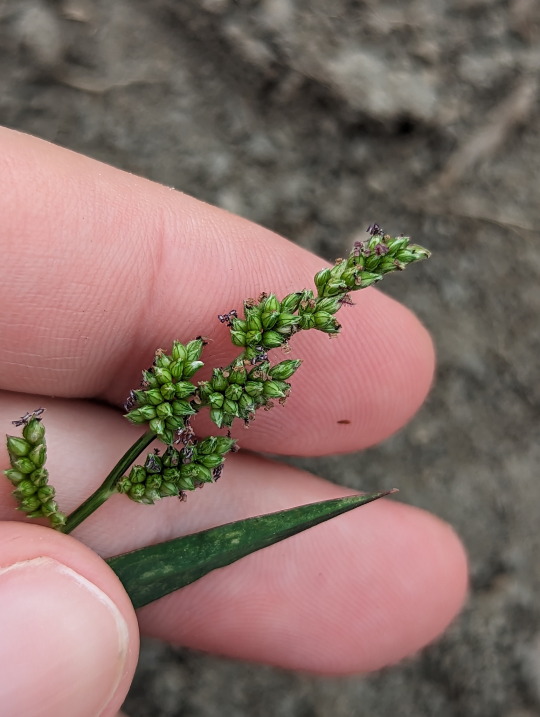

Photos 5-6 - Specimen 3


Photos 7-8 - Specimen 4
Jungle Rice
28/10/23 - Echinochloa colona
QLD:WET - El Arish, farmland
#Echinochloa colona#jungle rice#grass#Poaceae#Grasses#Poales#Liliopsida#Monocots#Angiospermae#Flowering Plants#angiosperms#Tracheophyta#Vascular Plants#Plantae#plants#botany
8 notes
·
View notes
Note
is yore icon a leek and an embryo?
It's a eudicot and vertebrate embryo arranged to look like my initials, JE.


511 notes
·
View notes